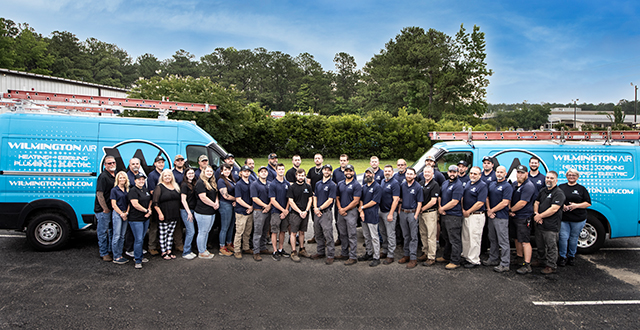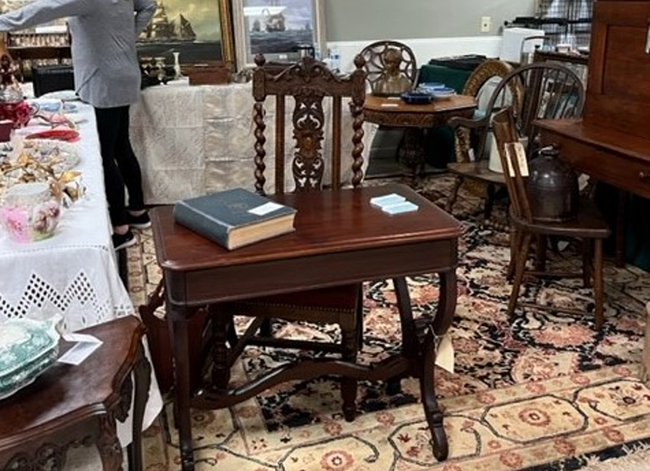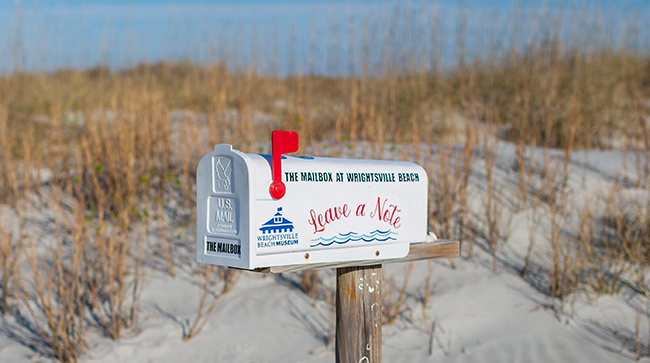Crafting a Roadmap for Change
04 Jul 2023
Understanding New Hanover County’s Billion-Dollar Endowment
By Vera Wilson
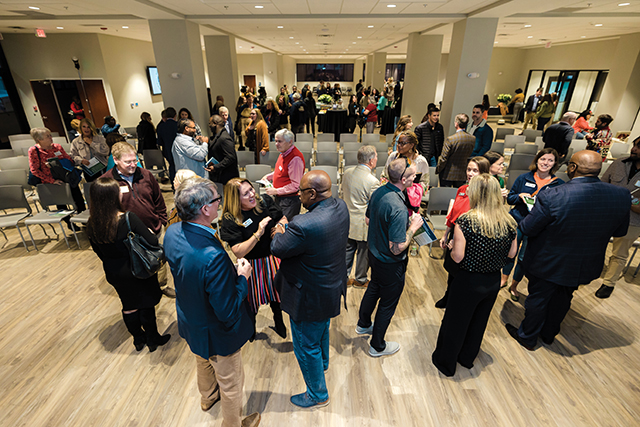
William Buster, the first CEO and President of the New Hanover County Endowment (NHCE) sits in his large but modestly decorated new digs in the United Bank building across from Wilmington’s City Hall. In charge of managing the over one billion dollars set aside for the endowment from the sale of the county hospital in 2021, he has a lot to carry on his broad shoulders.
But Buster’s not troubled by the challenge; in fact, he embraces it.
Everything about his work history seems to have prepared him for this position. He’s worked for several philanthropic organizations, holding positions of increasing responsibility. He advised nonprofits as the owner of a consulting firm, served on several nonprofit boards, and even worked with the White House on the My Brother’s Keeper initiative.
Most recently, he worked for Asheville-based Dogwood Health Trust. The trust is strikingly similar to the NHCE in that it was born out of the sale of a local hospital and is dedicated to improving the well-being of people in the surrounding communities.
Buster is a big proponent of such place-based philanthropy which is focused on a location rather than a specific program or service.
“The way I approach place-based grantmaking is you’re thinking holistically about the community, not just one nonprofit or one segment of the population,” he says.
And NCHE is one of the largest.
“There’s nothing like the NCHE anywhere in the country,” says Buster, as he explains why he applied for the job. “It’s unique in that it’s so big, but such a small area,” referring to New Hanover County.
When Buster arrived, he was presented with a blank slate of sorts. When the endowment was created, the broad intent was to improve the community by working with existing nonprofits, but the vision needed to be finetuned, and how the board would go about accomplishing their mission was largely undecided.
After hiring a skeleton crew, Buster and the NHCE held over 100 sessions with nonprofit leaders and community advocates to get a lay of the land. The public was also invited to make their voices heard at several meetings.
The results were instrumental in developing the recently published strategic plan for 2023-2025 which will provide a sound roadmap for the years to come. Goals, detailed objectives and desired impacts were articulated for each of the NCHE’s strategic areas of focus: education, community development, social and health equity, and public safety.
A community advisory committee, made up of a cross-section of volunteers, was formed to support the board in their decision-making, and a well-regarded investment manager, BlackRock Inc., was hired.
Regardless of how one feels about the sale of the hospital, the impact the endowment will have on the community will be a game changer. A recent distribution of additional funds from the sale added $37.5 million to the already staggering $1.25 billion endowment.
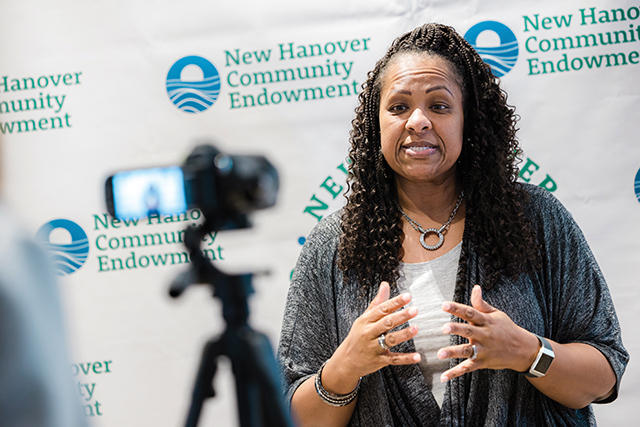
Per the IRS, the endowment can access 4 percent of its market value annually, which equaled about $50 million during its first year. Although 291 nonprofits applied during its first grant cycle in 2022, only around nine million dollars was distributed to 110 organizations. With so much money in their coffers, it might seem that the endowment could have easily funded all grant requests, but Buster explained why that didn’t happen.
“We set benchmarks,” he says. “You had to be in operation for at least two years, and you couldn’t ask for more than 25 percent of your annual budget. Turns out a lot of them didn’t meet those criteria. And the grant request had to fall within one of our strategic areas of focus. Many were asking for something completely outside of those four pillars.”
Planned improvements to the upcoming grant cycle may include easing the two-year requirement and allowing for multi-year awards.
“You don’t have to be a 501c3 to apply. If you have an innovative idea and you have some level of track record, just help us understand what you’ve done in our community,” says Buster. “And we know most issues nonprofits face last longer than a year.”
Although no grants were awarded to public schools or churches in the first round, they are invited to apply with certain conditions.
“When it comes to governmental entities [schools], we can’t supplant what they’re already supposed to be getting,” explains Buster. “And if churches apply for resources, those resources can’t be exclusionary.”
A key objective for Buster moving forward is making staff available to nonprofits before, during and after the grant application process.
“Now we have staff—we call them network leaders—that you’re going to be able to talk to and ask questions. I have an expectation that if you apply to us, you’re going to get our attention,” he says. “We really do want to be partners.”
Buster and his staff ask for patience from the community. They hope to grow their team from the current four to ten by the end of the year.
“Understand this. We are here for the long term,” he states. “But the issues facing our community didn’t become issues overnight and we are really trying to lean into long-term solutions.”


